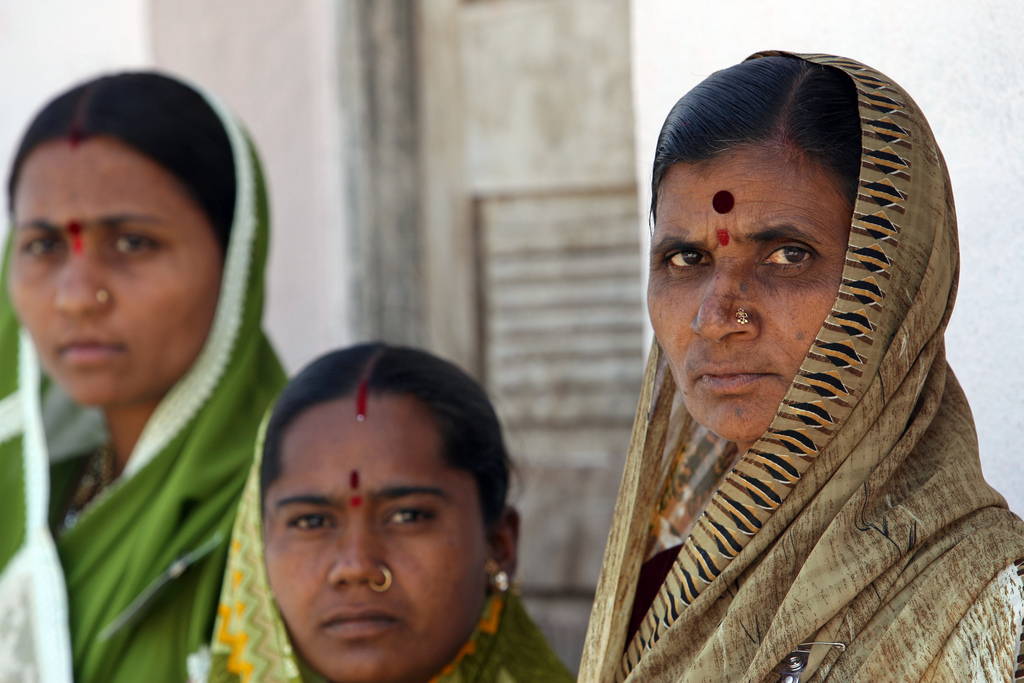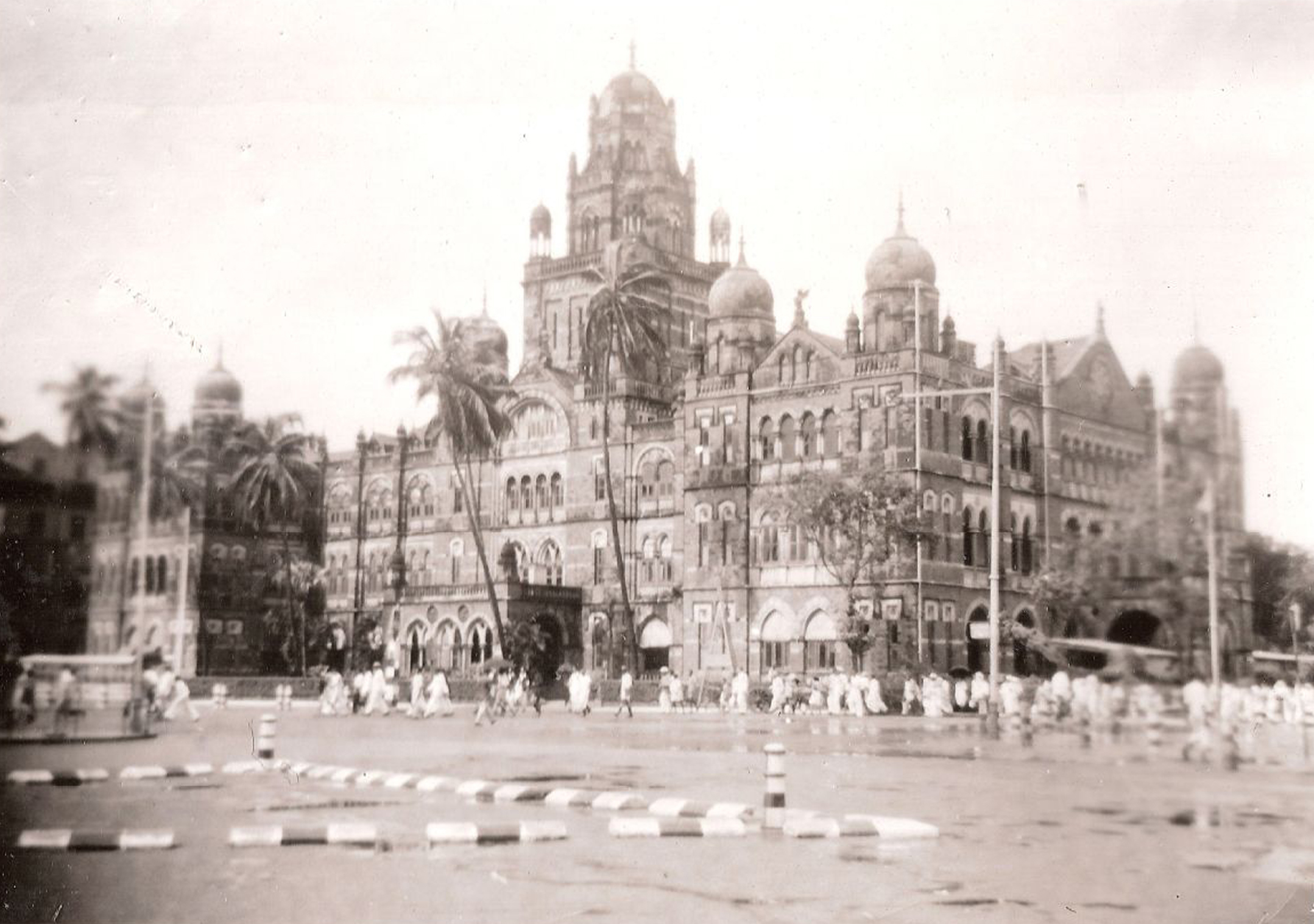A country bound by culture, belief, religion and hope for a new tomorrow has recently become a symbol of misogyny. For several decades, women in Indian society have experienced a number of atrocities, some of which go unrecorded, while others are recorded but never publicly acknowledged. History narrates stories of early marriages, which sometimes involved honor killings – women burned in their husbands’ funeral pyres as a part of sati, an Indian funeral practice. Some women were silenced even before they could say their first words through female foeticide. This leads to the underlying question: when have Indian women ever had a voice? A population operating under the tyrannical rule of patriarchy, the women of India seem to have no voice, and no medium through which to stand up and challenge a society built by their own fathers, brothers, uncles and partners.
Recently, however, the country seems to have had enough. People have expressed outrage on television and in newspapers, which have precipitated silent walks and marches. Mass protesters crowded Delhi streets with slogans and messages demanding that “women must not be objectified.” This outcry came in response to one of the most brutal attacks to have taken place in modern India. By this point, Indian media outlets had reported a number of perspectives on the story of a 23-year-old woman known as Amanat (Treasure), Nirbhaya (Fearless), and many other names given to her by the media. This valiant fighter was brutally gang raped by six men and then massacred in the most inhuman way imaginable. A one of a kind, high profile case, this rape was not like those reported in rural towns and other developing areas. This rape typified a misogynistic “Indian male mentality” and gave rise to an enormous national debate about how poorly Indian women are treated in their own country. Often, rapes in India do not result in murder; however, in this particular case, the woman died as a result of her injuries. The shame lies not only in the fact that women are raped but also that the violence committed against them is often repeated. This must be questioned.
Being a resident of Mumbai, I lived under the general assumption that women in that city could be carefree. Taking an auto rickshaw at 4am was considered safe, and wearing shorts and miniskirts was acceptable. In short, the prospect of rape and the horror stories of women being harassed by street boys were considered the plights of Delhi. In his article, “India’s War on Its Women,” Suketu Mehta reports that New Delhi has more rapes than Mumbai, Kolkata, Chennai, Bangalore and Hyderabad combined. This could be explained by North India’s astonishing gender ratio: 866 females for every 1000 males. Many females do not even make it through childbirth because their families had hoped for a son.
As an Indian woman, born and brought up in this country, I was taught that female children are traditionally associated with the Goddess Laxmi, commonly known as the Goddess of Wealth. This association precipitated the hope that every home might be bestowed a girl so that the family would attain health, wealth and happiness. Today, these same goddesses are being exploited mercilessly.
Though the recent, highly publicised rape case may have caused an uprising, the protests will have been for naught if we do not change the way sexual assault and harassment is dealt with in India. An interesting way to look at the mentality behind such a situation is to divide society into classes. Chetan Bhagat, a renowned Indian author, frequently divides the population into the following classes: the political elite, the business elite, and the rising lower and middle classes. It would be inaccurate to claim that rapes only occur in the latter half of the classes; often the most brutal forms of violence take place in the upper classes of society, and go unpublicized. However, the most prominent difference between the political or business elites and the rising lower or middle classes is their degree of exposure to the customs and ideas of Western society.
On one hand, the lower and middle classes are slowly adopting modern principles, but are still frequently possessed of notions from their past in which they see their women, faces covered, as having very little or nothing to say as individuals. On the other hand, upper classes of society are more educated and cosmopolitan, with nearly none of the traditional outlooks.
This raises the question of “male mentality”: do male auto rickshaw drivers and male bank employees perceive women similarly? The answer is no.
Tehelka, a bold, opinionated newspaper, covered this issue in the article, “Rape and How Men See It,” providing examples which juxtapose the mentalities of both classes rather effectively.
Raju, an auto rickshaw driver told Tehelka,
The root problem for all these crimes is women themselves. The mirror in my auto tells me everything, what young boys and girls are doing behind me. They are willing to pay extra because they want to make love. In my village in UP, my wife keeps her ‘ghungat’ (additional cover for the face) even in front of my mother. Now imagine if a person from such a strict society comes to Delhi, where women flaunt their bodies and provoke men with their dresses. What will he do? You may want to close your eyes at first, but if someone offers you fruit on a plate, will you deny the invitation?
This sentiment is shocking, but common. Indian women not only suffer violence from their own men, but are blamed for it as well. Statements such as Raju’s suggest the notion of accountability – the woman’s behavior is questioned, but the concept of “self control” or “male accountability” is not even addressed. Just because a woman wears a short skirt or kisses her boyfriend does not mean that rape is ever justified. In fact, it shows just how low male mentality has fallen, that now a woman walking in her own neighborhood has to be concerned about men creeping up behind her. On the other hand, Tehelka highlights the optimistic half of Indian youth – men who value and respect women and urge them to take a stand: “Tejas Jain, 23, an IT engineer and music student from Indore, believes that an ideal man is: ‘someone who not only respects women, but all of life — be it human, animal or plant.’”
A major component of how Indian women are perceived today stems from their glamorization and objectification by Western society, television and even Bollywood, to a certain extent. In a number of Bollywood movies, actresses wearing skimpy clothing who dance for the enjoyment of men are referred to as “item numbers.” These women are also known as the “sex symbols” of the movie. Is it at all justified to blame the plight of women on their attire?
The crux of this issue is complex, but it provides insight into certain dark and problematic Indian social values and customs. Looking at the primary elements, there is an obvious disparity between classes. Reducing this gap could take years, centuries, or it may perhaps be impossible. It would take much more than national attention; it would require national reorganization. We are also confronted with socio-political issues. Much of the media coverage during the 23-year-old’s rape case highlighted police and political corruption. If a high-profile political rape case occurs, it is typically silenced even before a minister’s name can be attached to it. Such is the state of accountability in India today. In fact, one of the major demands made by protesters after the rape was the establishment of a court that would exclusively deal with rape cases. They also suggested castration as another possible punishment for every sex offender, a proposal of which I am supportive; such punishment seems appropriate. However, both are still being assessed. The idea of establishing a separate court has been condemned due to a lack of funding, while the prospect of castration as punishment is controversial in and of itself.
Moving on to safety issues, Mehta believes that in India today, women often steer clear of police themselves for fear of being harmed:
A friend, an influential filmmaker, told me about what happened when he reported the embezzlement of a large sum by his accountant. The accountant had fled town, so the police arrested the accountant’s sister — who had not been involved in the crime — to put pressure on her brother to surrender. When my friend went to the station, the officer in charge told him that the sister was in the lockup and invited him to ‘do what you want with her.’ Fearing for her safety, my friend had a man from his office sit at the station day and night, guarding her from the police.
In such a situation, I cannot help but ask: what can we do next? Must Indian women continue to suffer like this? Do we forget this case altogether and move on with our lives, simply praying that this may never happen to any of us? Answers to these questions are complex and morally challenging.
To be brutally honest, rape victims in India typically have no place in its society or in the hearts of its people. However, this infamous rape case has taught every Indian woman that “this could be you,” and that the only way to stop this crime is to rise against it in unison. Often, we forget to notice that change must begin in the household. If we Indian women face numerous acts of violence in our daily lives, big or small, then realistically, what can we really do to change this?
My objective here is not to promote an overtly feminist agenda or simply to resent men, but to dig deeper into a male mentality that has become very questionable. As members of a modern democracy, men and women need to strive equally toward affecting change. For a woman, this means establishing complete autonomy over her body, decisions, movements, and basic rights. Though this may be difficult to achieve, there will be no change until it is determined to be important. During my stay in India, which happened to coincide with the rape case, I witnessed a sudden social movement. This time it did not seem familiar. This was not going to be one of the same old protests that are quickly hushed by the government. This time there was a spark that was powerful enough to ignite the nation. However, revolutions always come to an end, and without being too pessimistic, this revolution will end too. The solution lies not in creating a movement but in seeing it through. No Indian woman can force a man to change the way he thinks – he must do that himself. A society comprised of both men and women must force itself to change the way every class thinks, from the political and business elites to the rising lower, upper, and middle classes. Only then can we Indians say we live in a truly democratic nation.
India has seen 60 years of freedom since the British Raj ended, and if positive change seems to be coming now, why not embrace it with open arms? “To my country and my people, I pledge my devotion. In their well-being and prosperity alone, lies my happiness.” This is the last line of India’s pledge, an oath of allegiance that every Indian proudly recites. I think it is time that all Indian people truly pledge their allegiance to one another and create a safe and healthy environment for every female in their society.
Sanya Deshpande
Mehta, Suketu. (2013). India’s War On Its Women. TIME. Web.
http://www.time.com/time/subscriber/article/0,33009,2132719,00.html
Bhagat, Chetan. (2013). Open letter to the Indian Change Seekers. The Times of India. Web.
Chaudhury, Shoma. (2013). Rape. And How Men See It. Tehelka. Web. Issue 3, Volume 10.
http://tehelka.com/cover-story-rape-and-how-men-see-it/?singlepage=1



